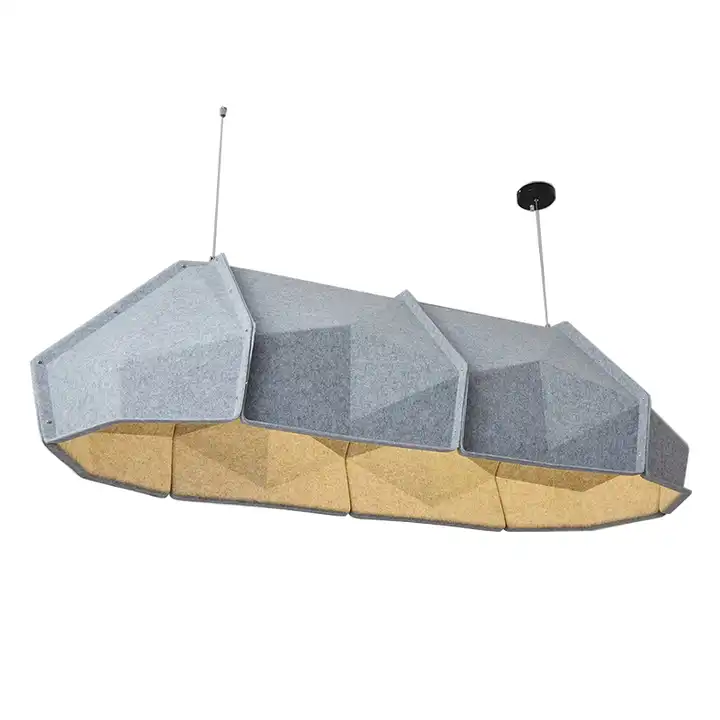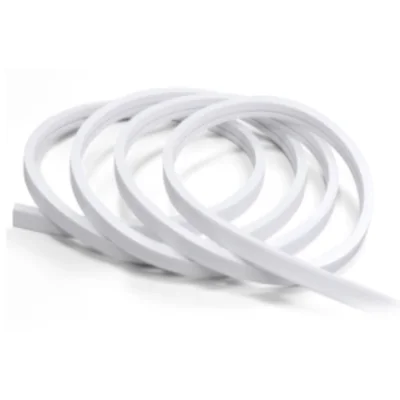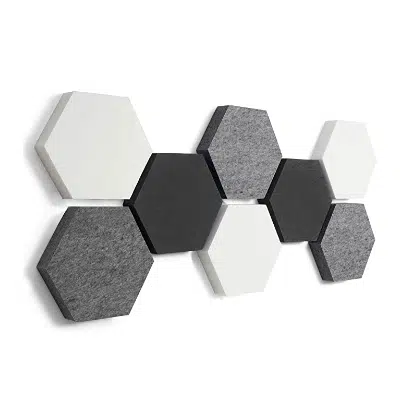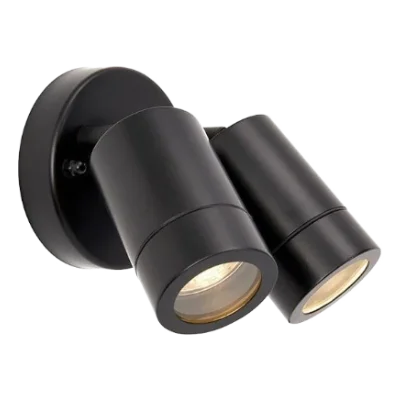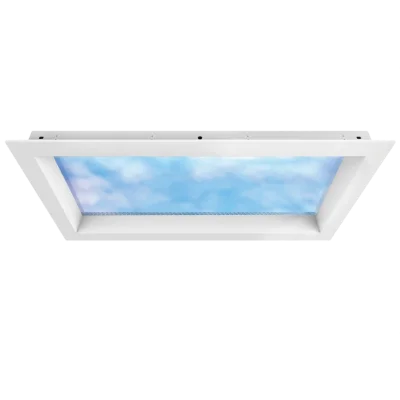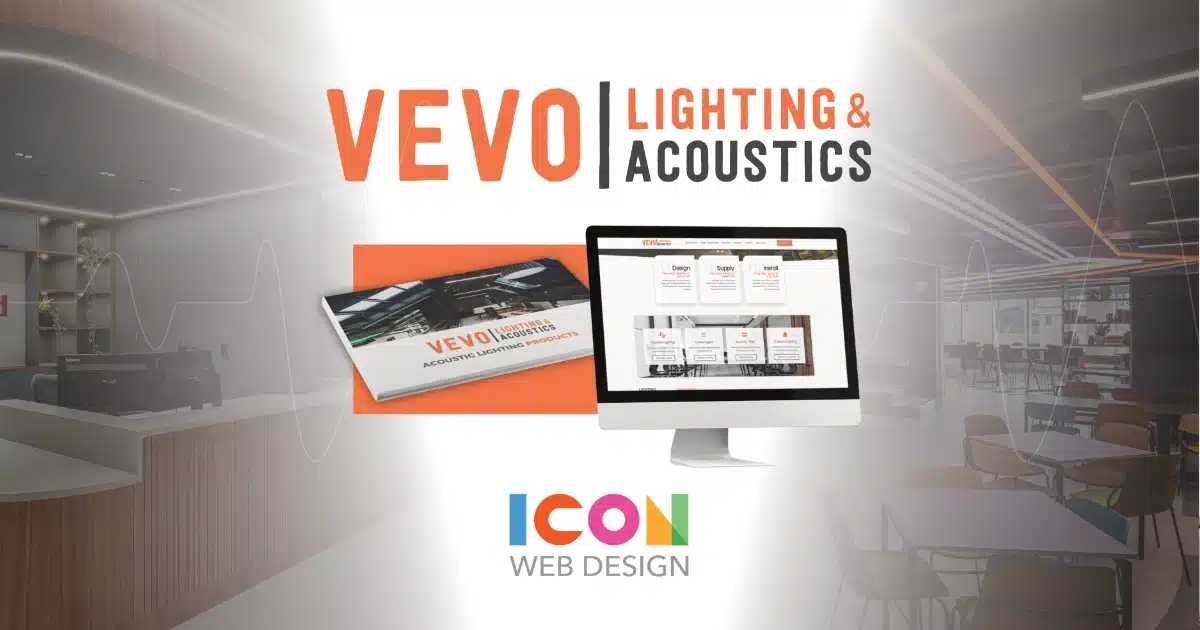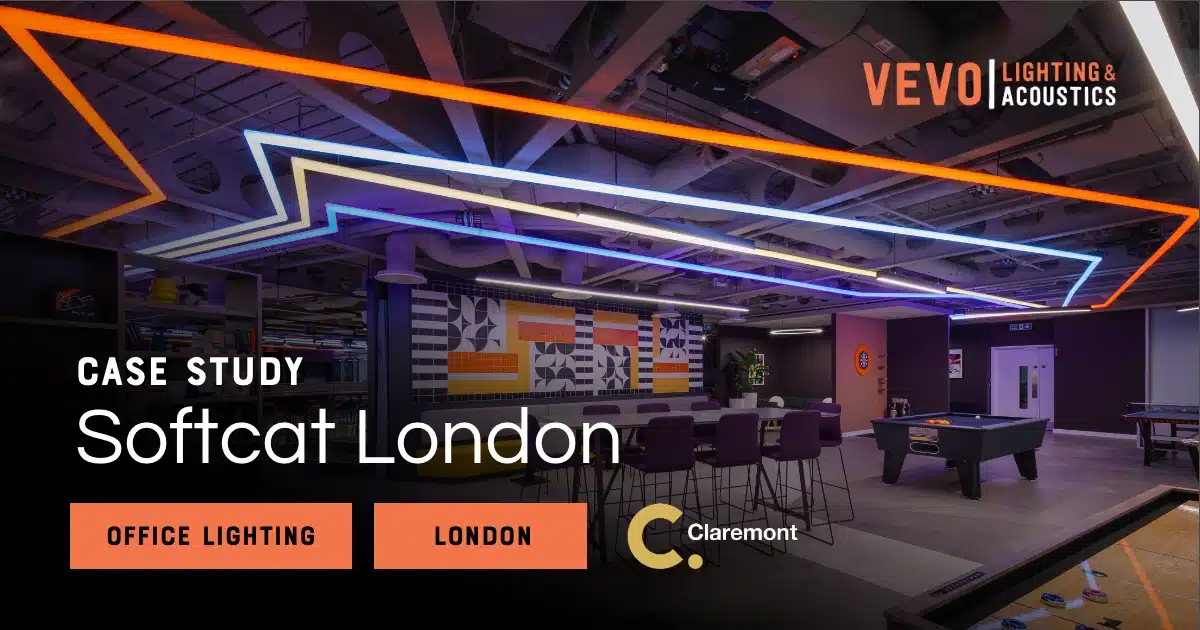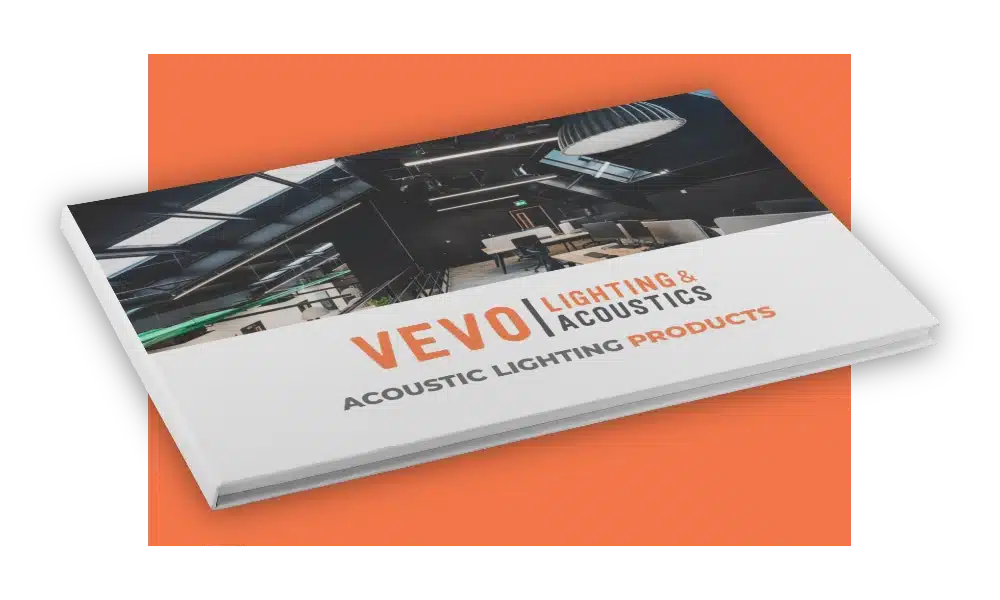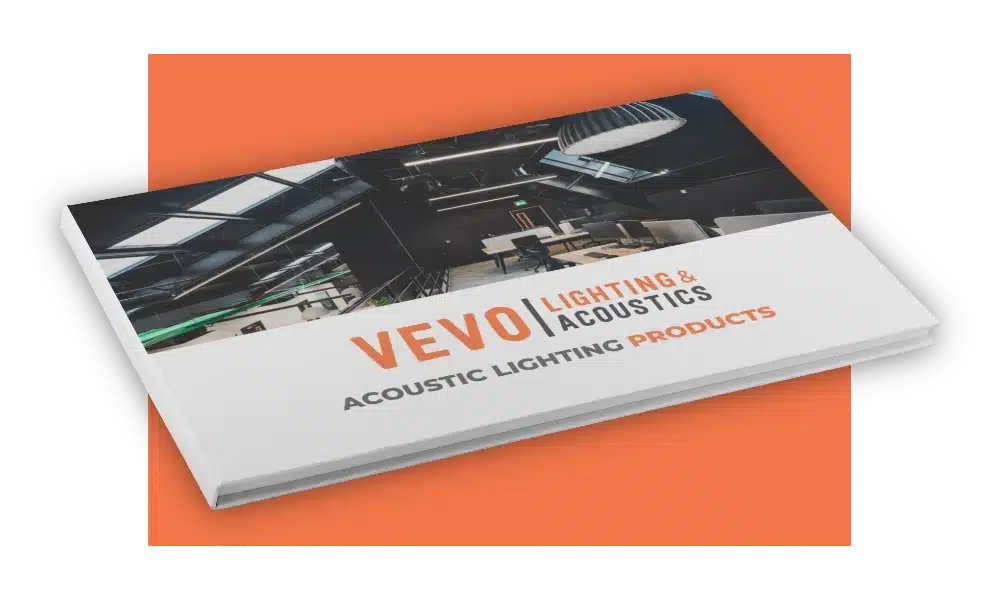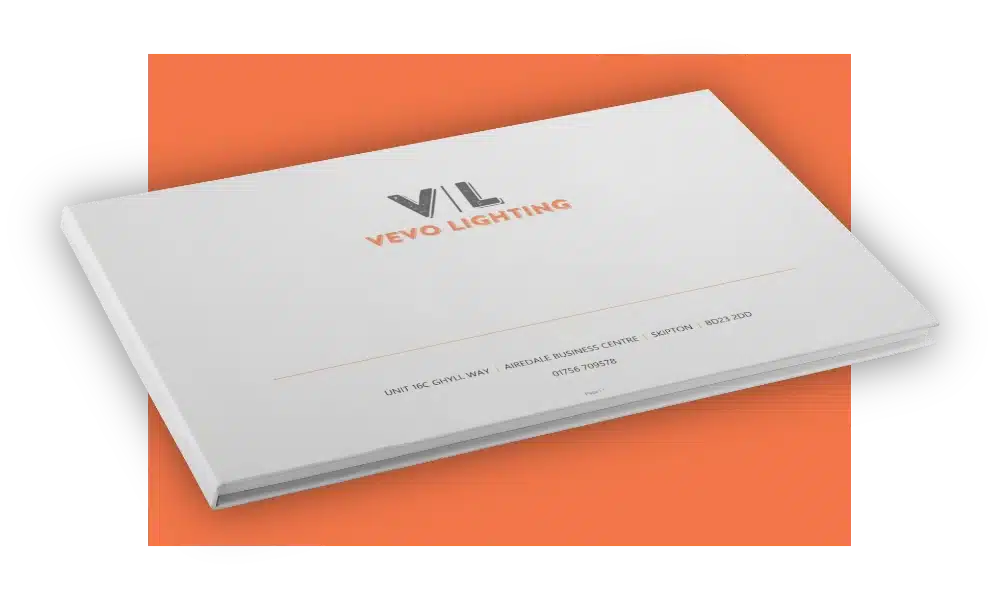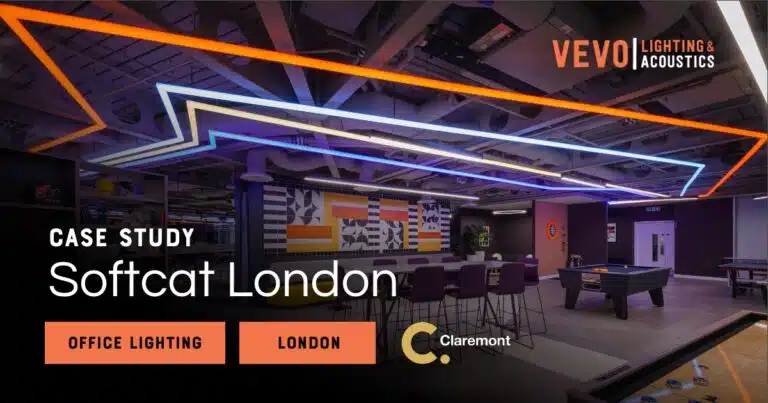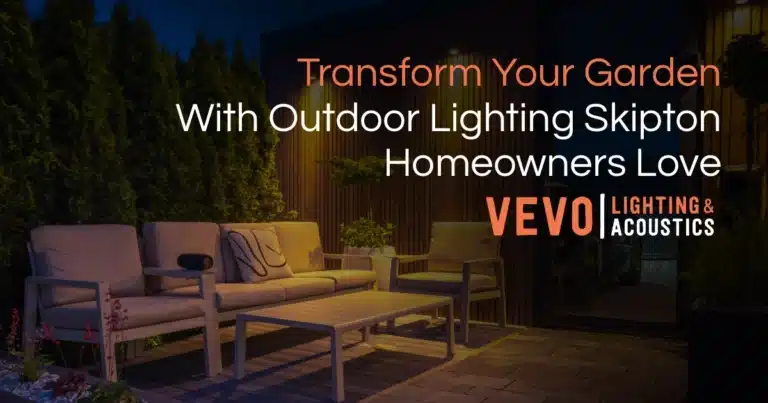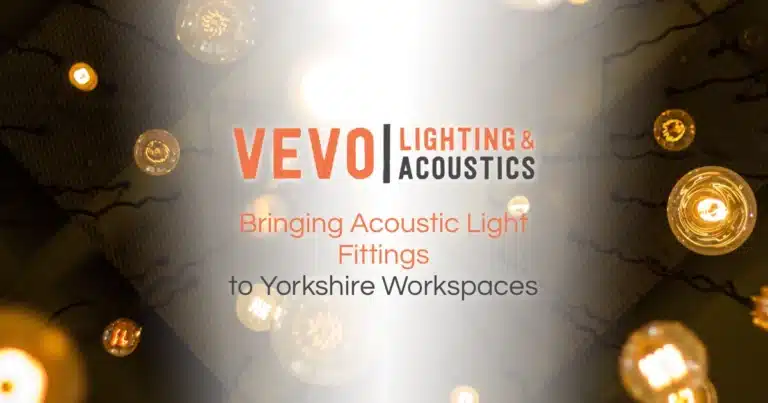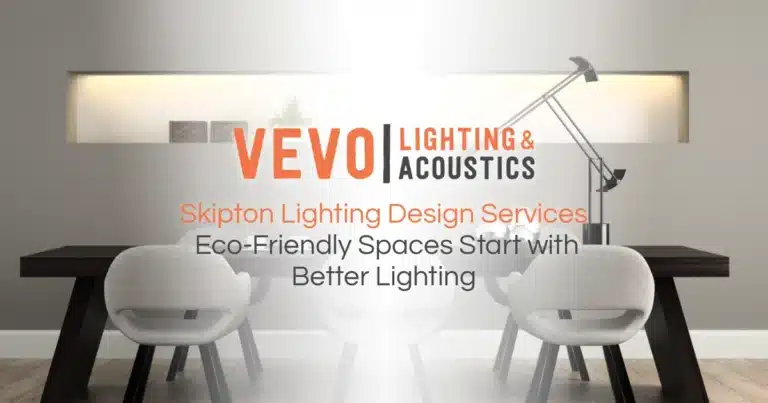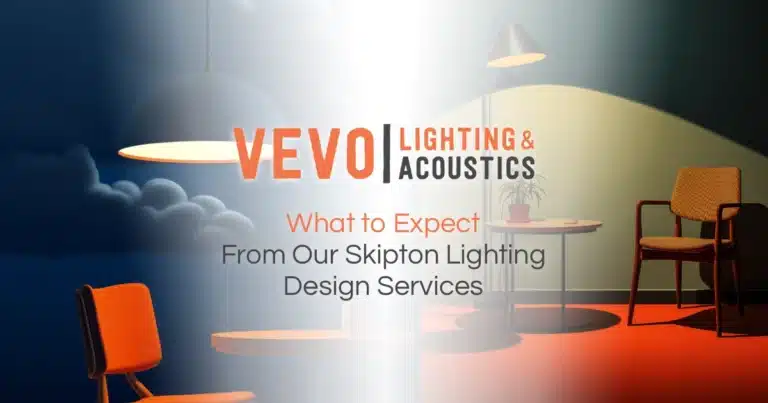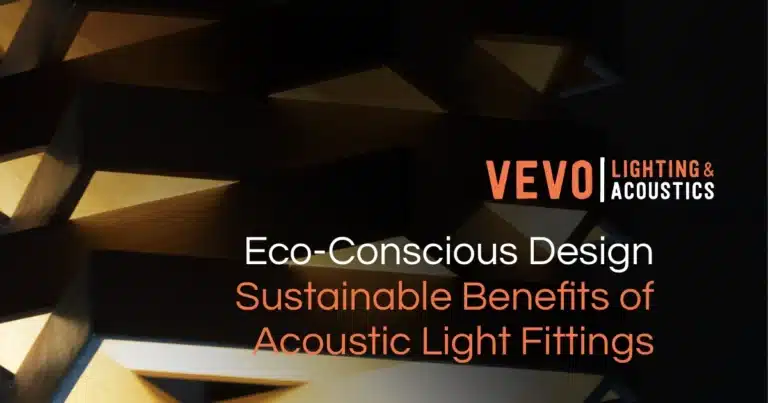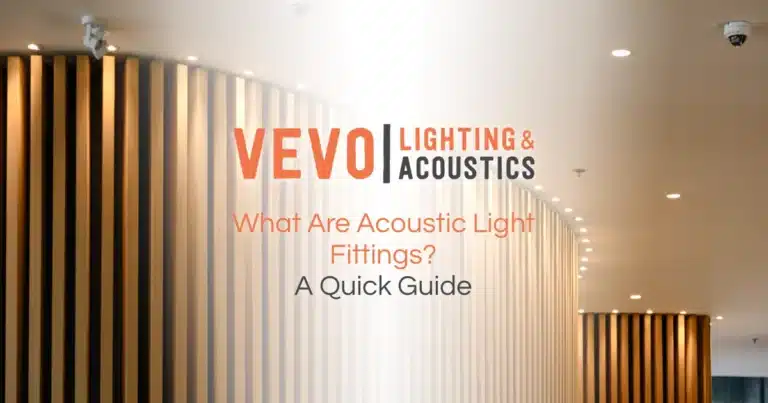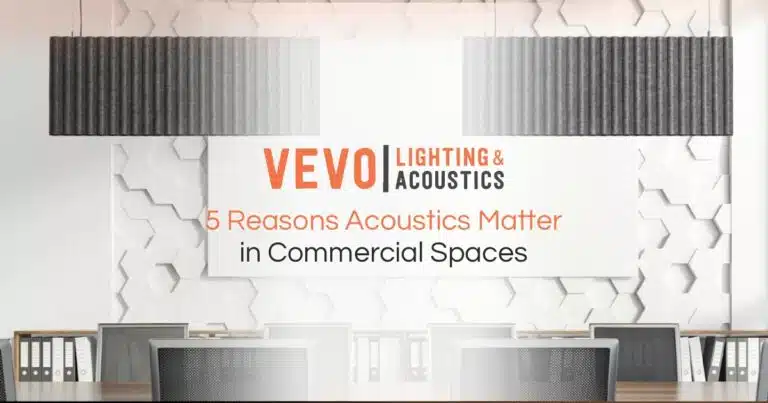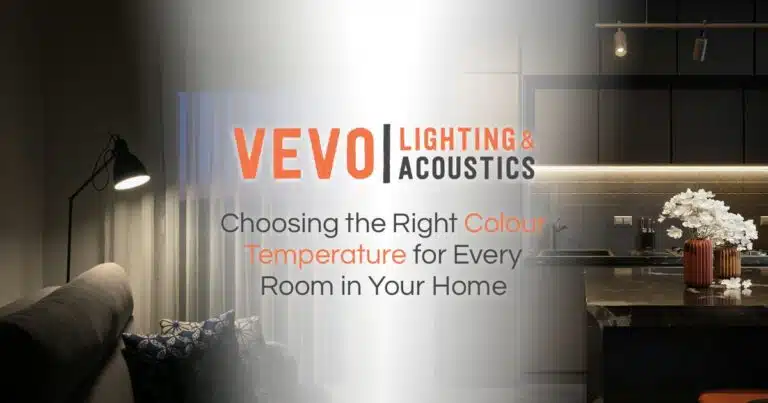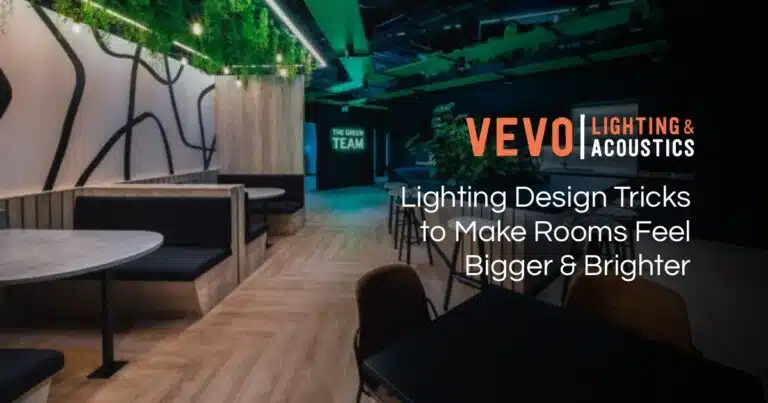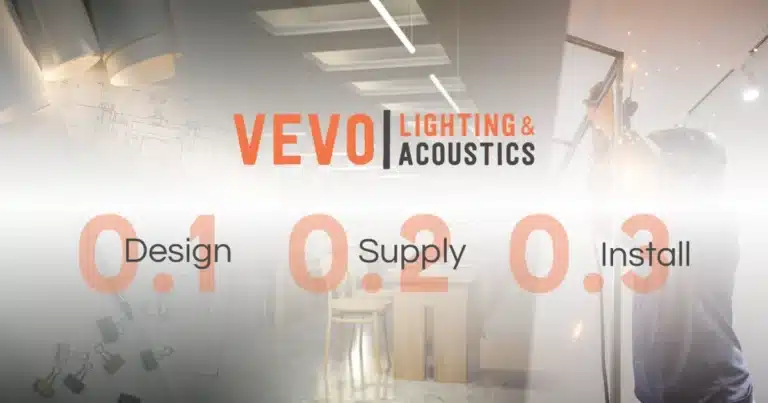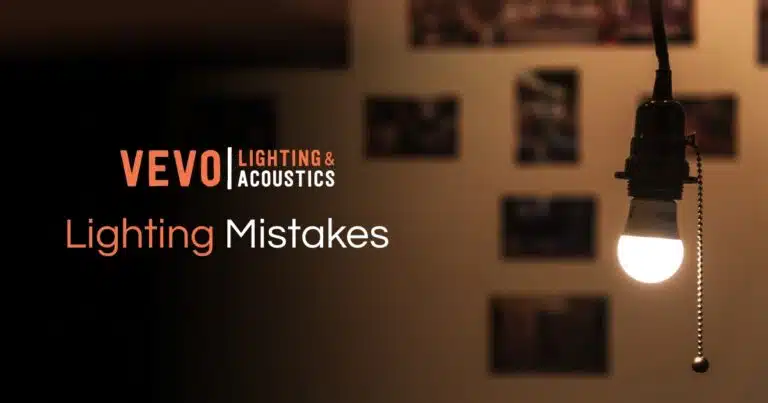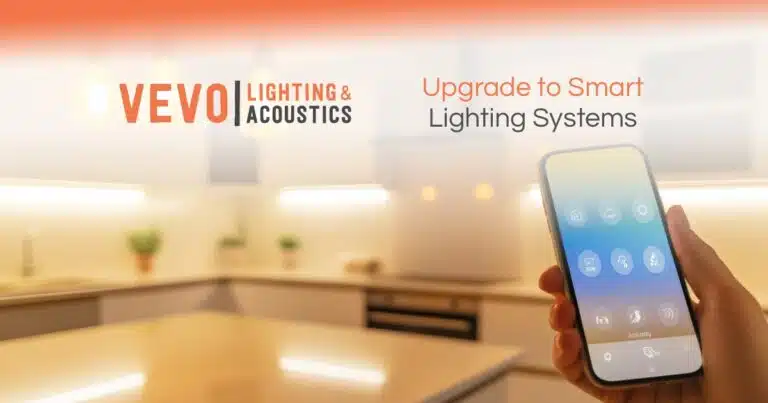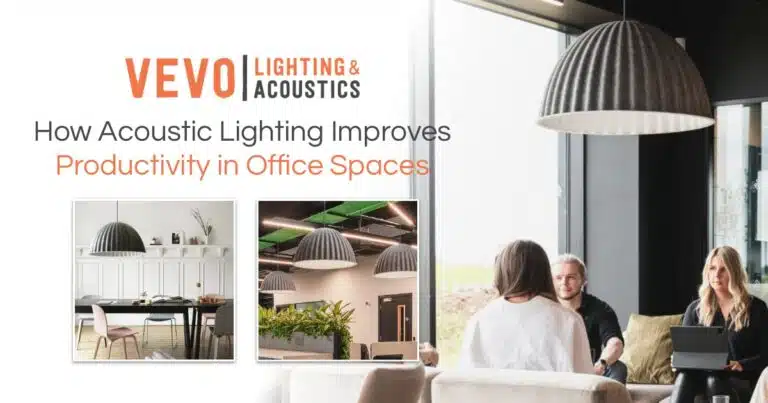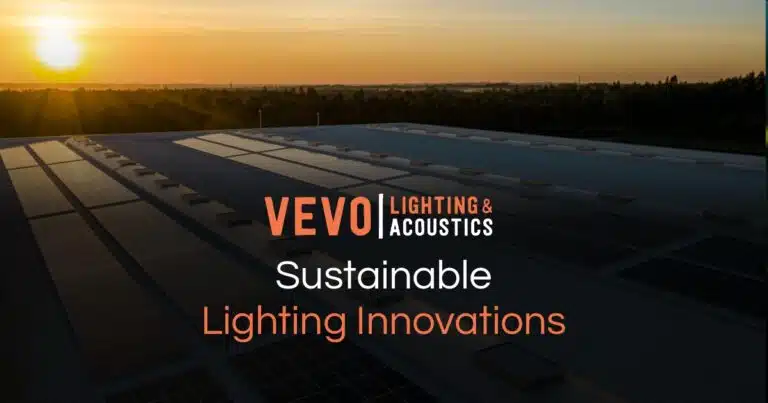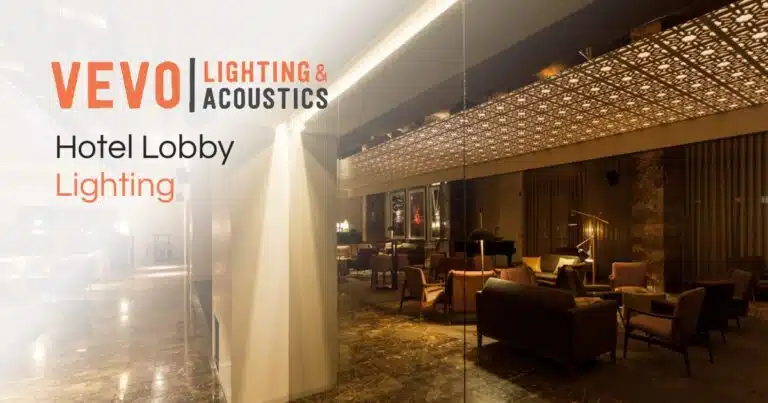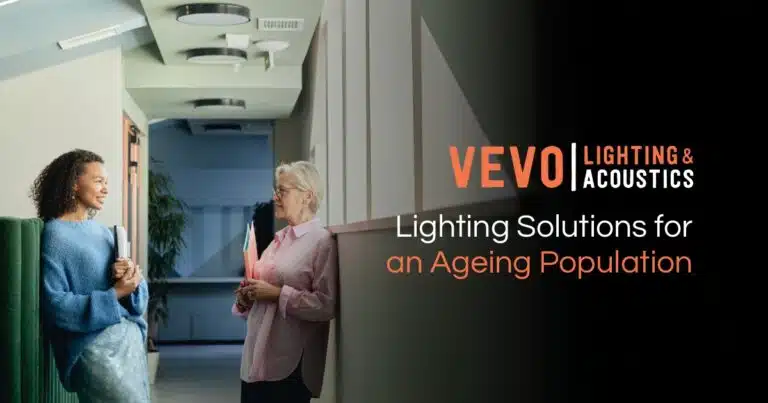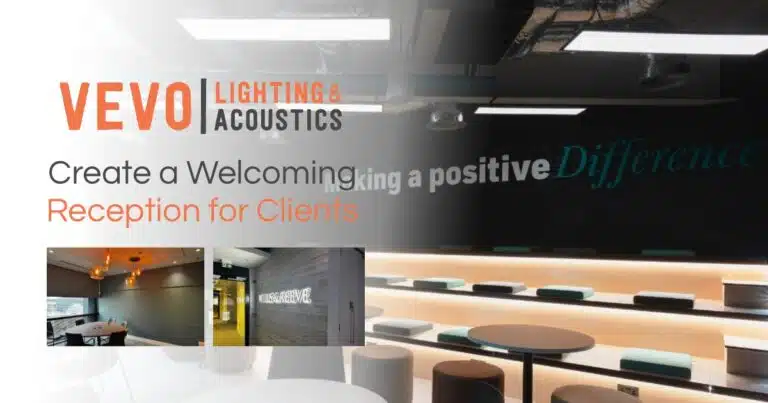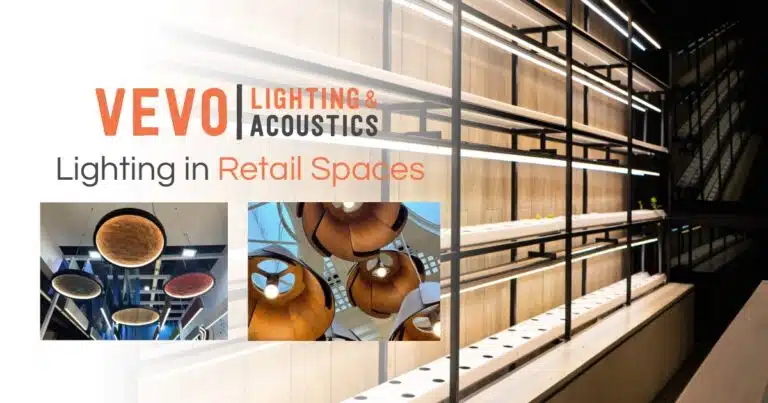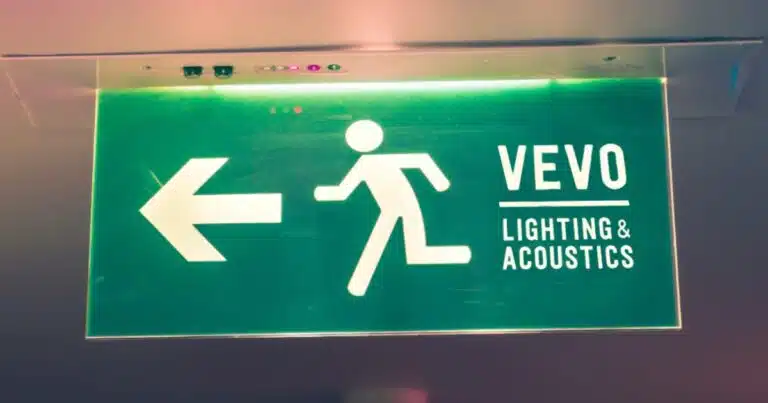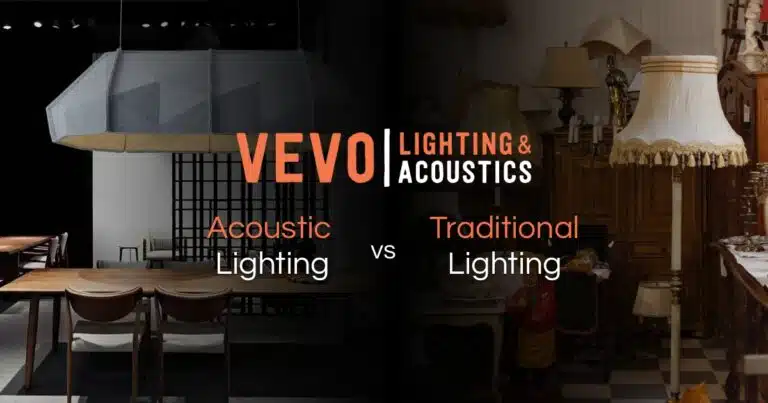In recent years, energy-efficient lighting, such as LED lighting, has become a key focus for individuals, businesses, and governments alike. With rising energy costs and increasing awareness about the environmental impacts of energy consumption, many are seeking lighting solutions that reduce both their carbon footprint and electricity bills. Among the various options, LED lighting (Light Emitting Diode) stands out as one of the most effective and sustainable choices. Known for its impressive efficiency, durability, and versatile applications, LED technology has rapidly gained popularity in homes, offices, and industrial facilities. This article explores the key advantages of LEDs, from energy savings and reduced maintenance to smart control compatibility and available government incentives, illustrating why making the switch to LEDs is a smart investment for the future.
Key Benefits of LED Lighting
1. Higher Energy Efficiency
- Significant Energy Savings: LEDs use approximately 75% less energy than traditional incandescent bulbs and roughly 50% less than compact fluorescent lights (CFLs) to produce the same amount of light (measured in lumens). This substantial reduction in energy consumption directly translates into lower electricity bills for users.
- Low Heat Emission: Unlike incandescent bulbs, which release 90% of their energy as heat, LEDs convert a higher proportion of electrical energy into light rather than heat. This reduced heat output not only improves efficiency but also minimises the risk of overheating in enclosed fixtures, making LEDs safer to use in a variety of applications.
- Immediate Full Brightness: LEDs achieve full brightness instantly upon switching on, unlike CFLs that may take a few seconds to reach maximum brightness. This instantaneous response improves user experience and eliminates energy waste during the warm-up period.
2. Longer Lifespan
- Extended Durability: One of the most remarkable features of LED lighting is its lifespan, which ranges between 15,000 to 50,000 hours, depending on the quality and application. In contrast, traditional incandescent and CFL bulbs typically last only about 1,000 to 10,000 hours.
- Reduced Replacement Costs: The extended lifespan of LEDs results in fewer replacements over time, significantly cutting down on replacement costs and labour. This is especially beneficial for businesses and facilities with high ceilings or difficult-to-reach fixtures, where maintenance can be both time-consuming and expensive.
- Consistent Performance: Over time, traditional bulbs may dim and flicker as they near the end of their life. In contrast, LEDs maintain a consistent level of brightness throughout their lifespan, providing reliable illumination for years.
3. Directional Lighting
- Targeted Illumination: LEDs are inherently directional, meaning they emit light in a specific direction rather than scattering it broadly like incandescent or CFL bulbs. This makes LEDs highly efficient for applications that require focused lighting, such as task lighting, spotlights, and under-cabinet lighting.
- Reduced Light Pollution: By focusing light exactly where it’s needed, LEDs help to minimize light pollution, which is a growing concern in urban areas. This not only enhances visibility but also contributes to a healthier environment by reducing unnecessary light waste.
- Fewer Fixtures Needed: Due to their precise lighting capabilities, fewer fixtures may be required to achieve the desired level of illumination, which can lower both upfront installation costs and ongoing energy use.
4. Smart Control Compatibility
- Dimmable Options: Many LED bulbs are dimmable, allowing users to adjust the brightness to their preference or needs. Dimming LEDs reduces their energy consumption even further, making them more efficient than non-dimmable alternatives.
- Integration with Smart Systems: LEDs are easily compatible with smart lighting systems, allowing for advanced features such as scheduled on/off times, motion detection, and remote control via smartphone apps. This integration can lead to additional energy savings by ensuring lights are only used when necessary and can be automated based on occupancy or time of day.
- Color Temperature Adjustment: Some LED products offer adjustable color temperatures, allowing users to switch between warm, neutral, and cool white light. This feature enhances the versatility of LED lighting, making it suitable for different environments and tasks, from cozy ambient lighting to bright, focused task lighting.
5. Incentives and Rebates
- Government Incentives: Many governments, including the UK, offer various incentives and rebate programs to encourage the adoption of energy-efficient lighting solutions. These schemes can significantly offset the initial cost of upgrading to LED lighting. For example, the UK’s Enhanced Capital Allowance (ECA) scheme and other regional grants provide financial support to businesses that invest in energy-efficient technologies.
- Energy Savings Programs: Utility companies often run energy savings programs that provide rebates for switching to LED lighting. These programs aim to reduce overall energy consumption, helping households and businesses save on their electricity bills while supporting broader sustainability goals.
- Environmental Impact Reduction: By reducing electricity usage, LEDs also help decrease the demand on power plants, leading to lower greenhouse gas emissions. This makes switching to LEDs an environmentally responsible choice that contributes to global efforts in combating climate change.
Conclusion
Switching to LED lighting is a smart choice for anyone looking to reduce energy costs and minimise environmental impact. With their superior energy efficiency, extended lifespan, and compatibility with modern smart control systems, LEDs offer a comprehensive solution that meets both economic and sustainability goals. As incentives and rebates continue to make LED lighting more affordable, the transition becomes even more attractive for households, businesses, and industries. Making the switch to LEDs not only cuts direct lighting costs but also reduces related expenses, such as cooling and maintenance, making it a highly effective investment for a brighter, greener future.


